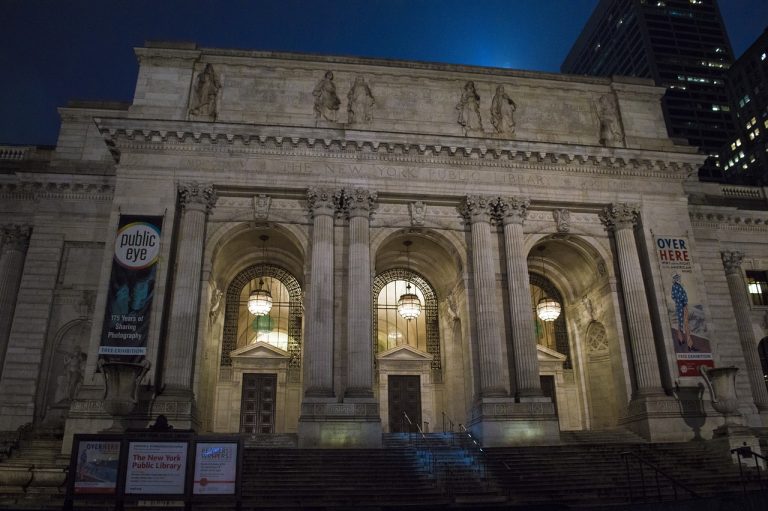Established as a cornerstone of culture and learning, the New York Public Library (NYPL) stands as a monumental beacon in the landscape of New York City. This institution does more than just house books; it serves as a pivotal platform for research, education, and community engagement.
The NYPL contributes profoundly to the cultural and intellectual vitality of the area. Through its extensive collections and progressive initiatives, the library plays a crucial role in fostering an informed and engaged public, supporting a wide range of scholarly pursuits and community needs.
The Founding of the New York Public Library
Early Beginnings
The New York Public Library, established in 1895, was the result of the vision and philanthropy of prominent figures like John Jacob Astor and Andrew Carnegie. Their substantial financial support provided a robust foundation for a public institution dedicated to education and access to knowledge, marking a significant moment in the cultural development of New York City.
The Astor, Lenox, and Tilden Foundations
The late 19th-century merging of the Astor, Lenox, and Tilden Foundations formed a powerful financial and cultural base for the New York Public Library. This amalgamation significantly bolstered the library’s collections and endowment, setting it on a path to become a pivotal educational and cultural institution in New York City.
Architecture and Landmarks
The Main Branch Building: An Architectural Marvel
The Main Branch of the New York Public Library, known as the Stephen A. Schwarzman Building, is an architectural treasure in the heart of New York City. Designed in the grand Beaux-Arts style, it features imposing interiors and iconic elements such as the lion statues, Patience, and Fortitude, which symbolize the strength and resilience of this institution.
Landmark Status and Preservation Efforts
Recognized as a National Historic Landmark, the New York Public Library exemplifies significant cultural and architectural heritage. Continuous efforts are made to preserve the integrity and beauty of the library’s structures, ensuring they remain a source of pride and historical significance for future generations.
Contributions to Research and Knowledge
Accessible Resources and Collections
The New York Public Library offers an expansive range of collections, including rare manuscripts, historical maps, and comprehensive digital archives. These resources are instrumental in supporting not only academic research but also the broader public’s quest for knowledge, enabling access to a wealth of information that fosters education and cultural enrichment.
Programs and Initiatives
The library hosts a variety of educational programs, exhibitions, and public events that significantly enhance community engagement and promote lifelong learning. These initiatives provide invaluable opportunities for individuals to expand their understanding and appreciation of diverse topics, reinforcing the library’s role as a dynamic educational hub.
The Library in Modern Times
Technology and Digital Expansion
In response to evolving digital trends, the New York Public Library has embraced technology through online catalogs, virtual events, and digital lending services. This digital expansion has greatly increased the accessibility of the library’s resources, enhancing user engagement and ensuring that the library continues to serve the needs of a technologically adept audience.
Partnerships and Collaborations
The New York Public Library actively collaborates with educational institutions and other libraries to enhance its offerings and extend its reach. These partnerships are crucial in pooling resources and expertise, thus broadening the scope of what the library can offer and further cementing its position as a pivotal educational and cultural institution.
Conclusion
As a venerated institution in New York City, the New York Public Library has steadfastly served as a beacon of knowledge and literature. Much like the dedicated advocacy provided by NYC Injury Attorneys, P.C., the library has played a crucial role in promoting education and research, contributing significantly to the intellectual vitality of the community.
It continues to stand as a cornerstone in the cultural landscape of the city, embodying the enduring value of public access to knowledge. Through its ongoing efforts to serve and educate, the library not only preserves but also enriches the cultural and intellectual heritage of New York City.

